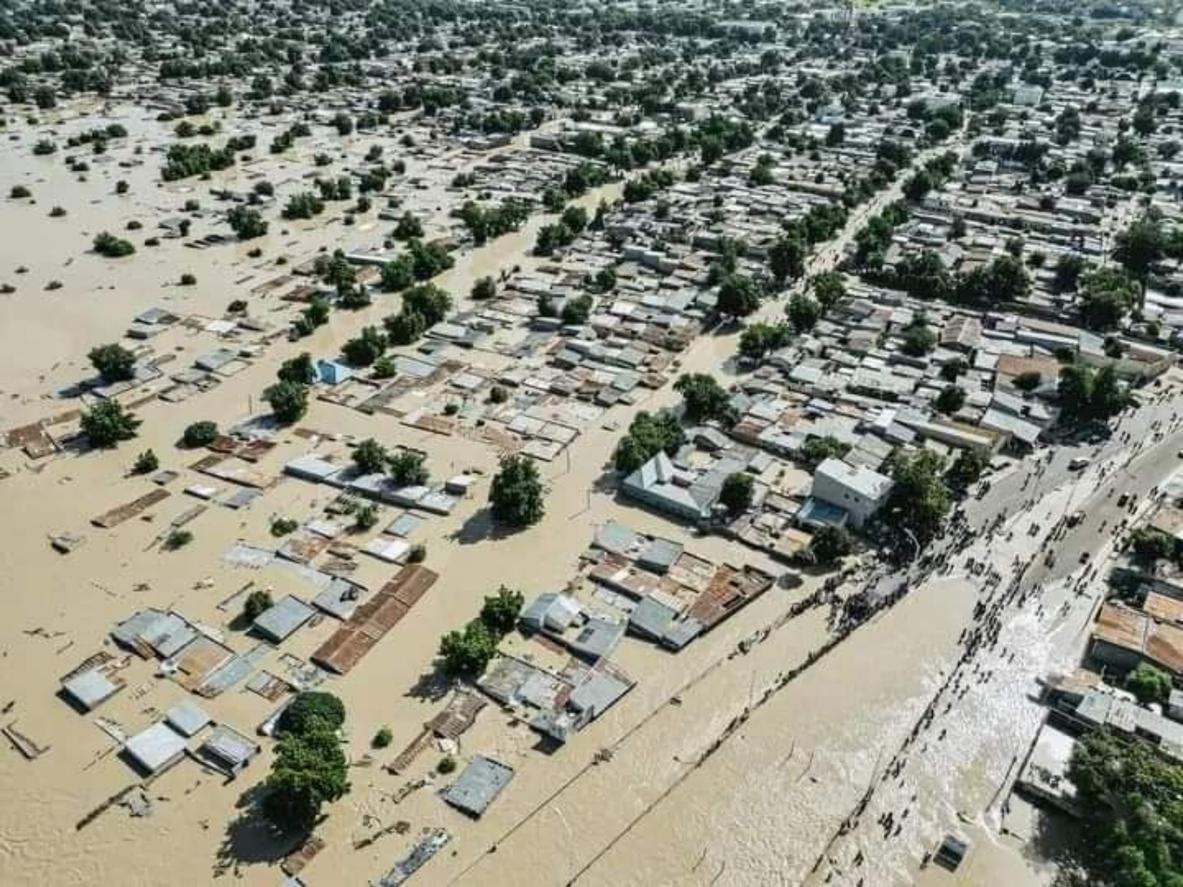A large study, published in The Lancet on March 12 looked at the health and well-being of 1.8 billion adolescents and young adults around the world, the largest population in human history. And the results point to growing inequalities in the worldbut also greater health problems than twenty-five years ago.
Since 1990, 250 million additional 10-24 year olds have been living in countries where they are three times more affected by Infectious diseasesthe non-communicable diseases (DTM) and the trauma. More than half of young people now live in these settings, bearing two-thirds of the resulting global disease burden.
“Study demonstrates both success and failure in adolescent healthExplain relayed by the Science Daily John Santelli, author of the report and professor at the Mailman School of Public Health at Columbia University (USA). Health, education and employment systems have not been able to keep up with the changing needs of adolescents and changing demographics. »
Investments that do not follow needs
The researchers looked at 12 health indicators – including smoking, obesity, anemia, secondary education, child marriage, nutrition and non-communicable diseases – of young people from 195 countries between 1990 and 2016. “Although adolescent health has improved dramatically in some countries, the strongest population growth has been in countries where [ils] are the most affected by the disease”explains lead author Peter Azzopardi, of the Burnet Institute and the University of Melbourne (Australia).
“Investments in adolescent health have not kept pace with needs”, he adds. According to the researchers, these shortcomings in the resources used are not lacking in evidence.
Obesity and gender inequalities
The non-communicable diseases, which include mental disorders, are their main cause of poor health. The number of overweight or obese adolescents more than doubled between 1990 and 2016. Nearly one in five worldwide are now suffering from it, an increase of 120% since 1990. The global number of young daily smokers has decreased by around 20%, from 174 million in 1990 to 136 million in 2016. However, the proportion of consumers in countries where problems accumulate has increased considerably.
I’gender inequality remains a major contributory factor. Globally, the number of young women aged 15-24 not in education, employment or training is about three times higher than that of young men. A phenomenon that is explained by high rates of births among adolescents. They were 12 million to be mothers in 2016.
Despite these worrying figures, “we are still not investing in adolescent health: in low-income countries young people make up around 30% of the population but receive less than 2% of global health investments”laments George Patton, of the Murdoch Child Research Institute and professor at the University of Melbourne, who participated in the study.
Read also :
- Young people also suffer from loneliness
- Young people suffer from more obesity-related cancers than their elders
















